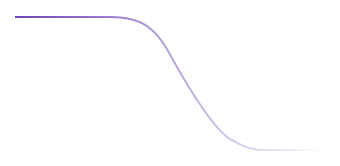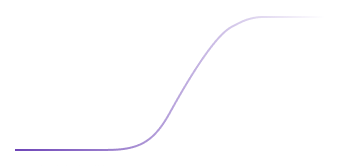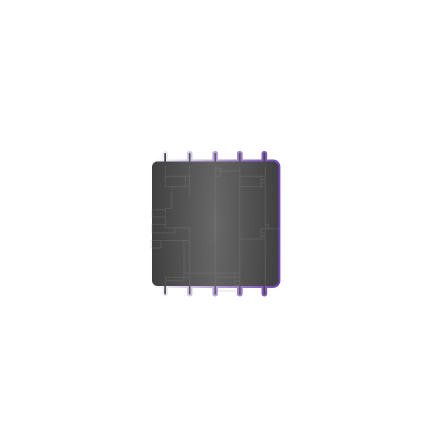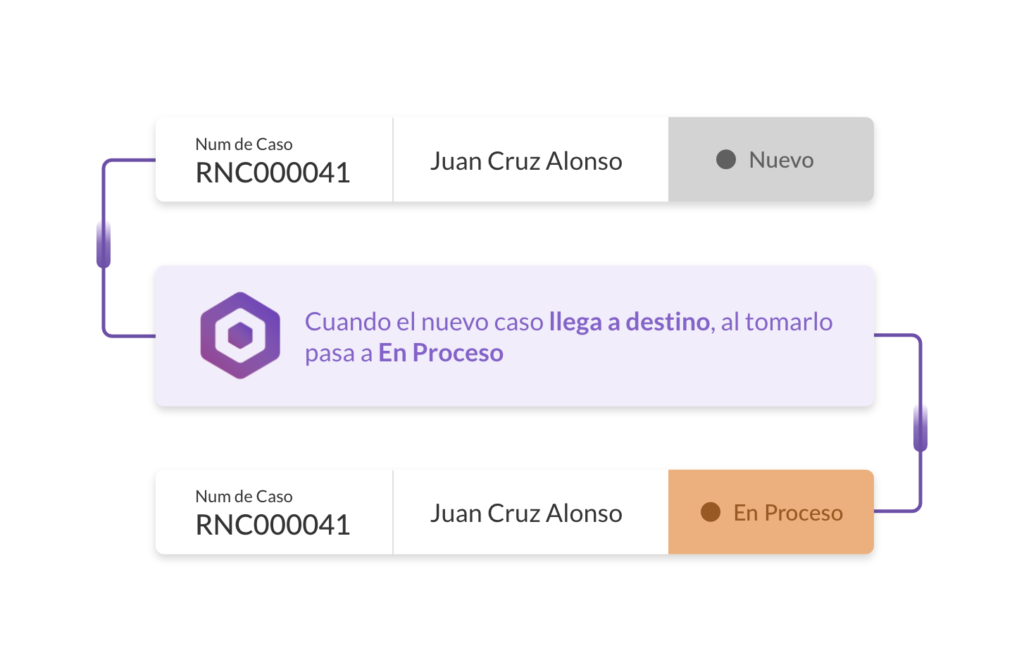Transforming data into smart decisions with Govlink™ AI.

Governments generate and store large volumes of data, but the real value is not in the quantity, but in the ability to turn it into actionable information.
Govlink™ IA is the tool that transforms raw data into strategic knowledge. Using artificial intelligence it detects patterns, identifies inconsistencies and presents information clearly and effectively to optimize decision making in public administration.
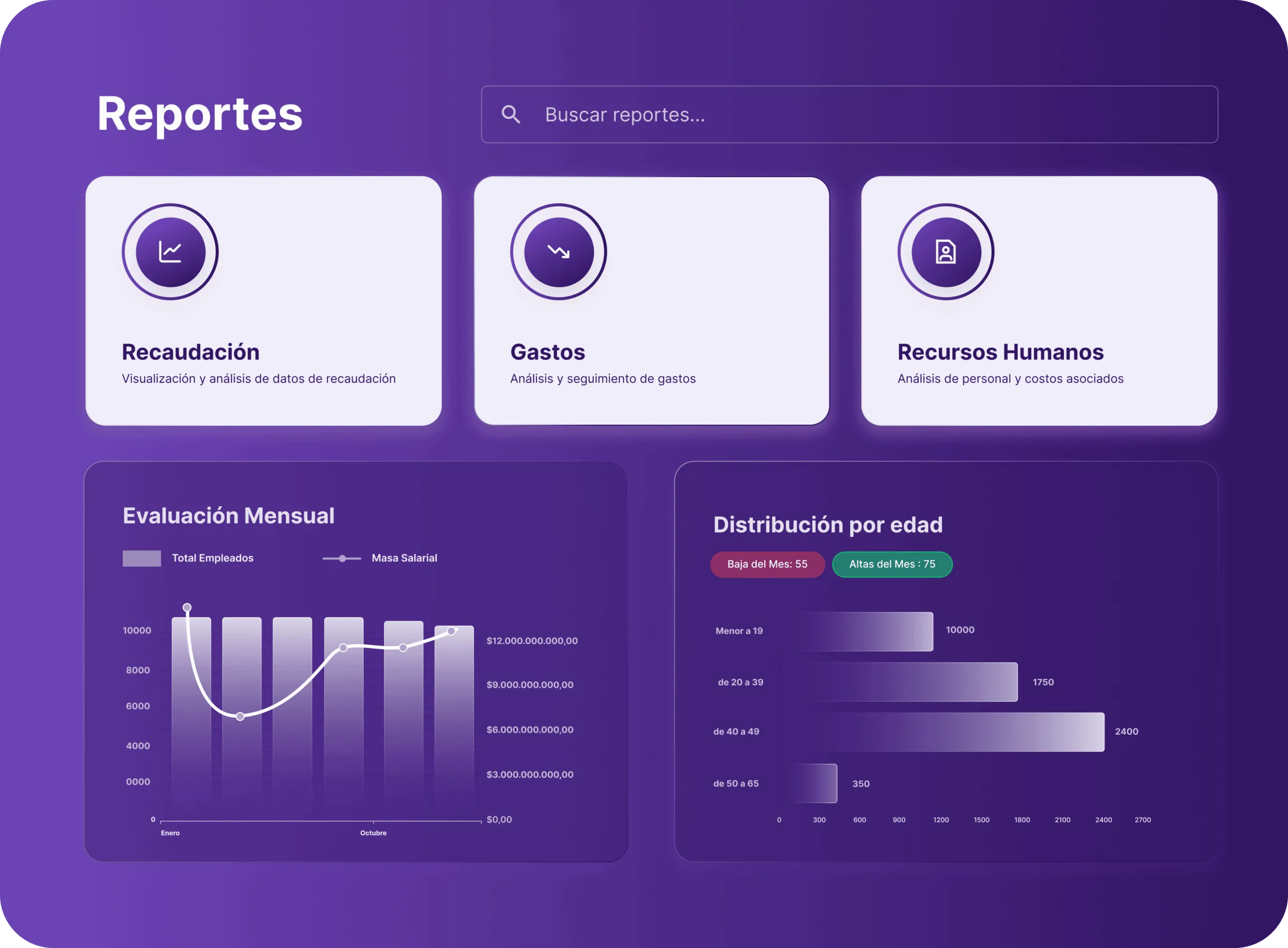
How does it work?
Connects to multiple government databases and existing systems (RAFAM, external systems, etc.)
Processes, analyzes and compares information to identify patterns and strategic data to meet user needs.
Two possible approaches:
It acts through APIs, automations or webhooks to solve situations.
Provides real-time information based on the objectives of each area.
Actual use cases
Social Benefits Control
Govlink AI cross-checks social assistance data with death records and other official databases to detect beneficiaries who should no longer receive aid. This reduces fraud, avoids wasting funds and ensures that resources reach those who really need them.
Crime Prevention
Analyzes crime data in real time, identifying patterns and correlations between different incidents. This makes it possible to detect risk areas, foresee crime trends and design more effective security strategies, optimizing the allocation of forces and resources.
Public Resource Management
Optimizes the management of government assets and services, such as municipal fleets and equipment, by cross-referencing data on routes, fuel consumption and maintenance. This helps reduce operating costs, improve planning and avoid unnecessary losses.
Scrapping of non-integrable systems
If a system does not provide native integration capabilities, Govlink AI can activate a robot that simulates human intervention for data access and scraping, so that data generated by external systems can always be used for analysis.
Smart Urban Planning
Govlink IA analyzes population growth, urban mobility and infrastructure needs to improve city planning. With accurate data, governments can design transportation, housing and public works policies that are more efficient and aligned with sustainable development.
Database correction and cleaning
Government databases often contain errors, duplications and inconsistencies that affect the efficiency of public management. Govlink IA automates the identification and correction of erroneous data, eliminating duplicate records and ensuring that the information used is accurate and reliable. This improves coordination between areas, reduces administrative errors and optimizes decision making based on clean and updated data.
Analysis of citizen satisfaction with government management
Governments receive feedback from citizens through multiple channels: social networks, surveys, media and customer service records. Govlink AI analyzes large volumes of data in real time, identifying trends in citizen perception, detecting areas for improvement and helping governments make decisions more aligned with the real needs of the population.
Identification of changes in government inventory
From official vehicles to medical supplies and office equipment, government assets must be managed efficiently and transparently. Govlink IA monitors inventory in real time, detecting suspicious variations, alerting on losses or irregularities and optimizing the distribution of resources according to demand. This prevents stock-outs and ensures efficient use of the public budget.
Pattern detection to build intelligent purchasing and contracting plans.
Governments are constantly purchasing and contracting, but often without a data-driven strategy. Govlink AI analyzes purchasing history, identifies consumption patterns and detects opportunities to optimize costs and time. This allows anticipating needs, avoiding unnecessary purchases and designing more efficient and transparent procurement strategies.
Prediction of changes in public health behavior.
Artificial intelligence can anticipate public health trends before they become crises. Govlink AI analyzes data from hospitals, health centers and epidemiological statistics to detect disease patterns, predict outbreaks and help governments take preventive measures. This enables proactive allocation of healthcare resources and improved emergency response.
Fraud detection and compliance
Misuse of public funds, corruption and irregularities in social programs generate huge losses for the State. Govlink AI crosses data from multiple sources to identify suspicious patterns, detect fraud in real time and alert about irregular movements in tenders, subsidies or contracting, as well as violations of compliance rules. With this technology, governments can improve transparency and significantly reduce waste of resources.
Manage with first-hand knowledge of the reality.
- Transform raw data into knowledge.
- Access information in real time.
- Learn about unexpected situations that can transform your management.
- Access to real-time management statistics.
IF companies implement artificial intelligence, why don't governments?
With Govlink IA optimize public management based on real data.
Request a demo and learn how Govlink™ IA works..

Company information
News and Events
Popular links
Copyright © 2026. Wai™ and Govlink™ are registered trademarks of Wai Technologies SA.

